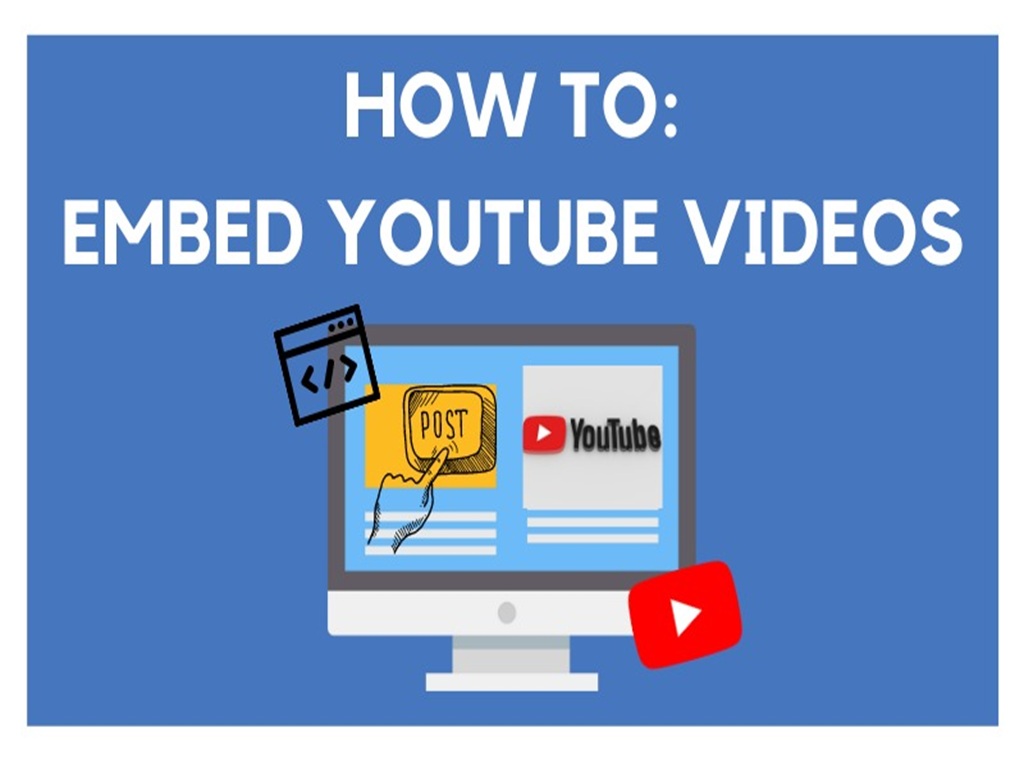Every Youtube Video Fit for Embedding? This Is What You Should Know
On the internet, people looking for ways to generate embedding code for YouTube videos abound. Press a button, copy and paste, and presto now your chosen viral dance show appears anywhere you wish. But are all the YouTube videos on sale? The quick response is not quite. Let’s pull back the curtains on the underlying causes, the successes and the mistakes.

Usually for most public YouTube videos, there are nice “Share” and “Embed” options. View a video page, tap “Share,” then select “Embed,” and YouTube produces a tidy code fragment. Once you activate that code, your page will look fantastic. Whether the culinary demonstration is spectacular disaster, yodeling sensation, or otherwise, the method is essentially exactly the same. There are occasional exceptions, though, much as spilled coffee on your morning attire.
A few video makers choose the little box labeled “Disable embed.” When this box is marked, YouTube shuts its doors; no embed code for you. Although you can try to avoid this, the video just shows nowhere else but YouTube. Usually, education, copyright restrictions, or privacy concerns create these roadblocks. Still, these are not many in relation to the millions of sharable options at hand. Not sweating it is okay.
Still another twist come from private and unlisted videos. Private videos are off-limits completely; embed code creation is not possible; you cannot even see them without the uploader’s permission. Unlisted more people? If you have a direct connection, you can embed them; random individuals cannot search them on YouTube itself.
All things considered, most YouTube videos are easy to embed; some offer digital challenges. Should you run against a wall, change the video’s parameters or look for other resources. Either you will occasionally have a blank space or a video to show. In any case, you will know why and what is realistic. Keep sharing the outstanding work.
